By Yijing Tang
Art Meets Health and Community
When I first joined The Health Museum as a graduate intern, I didn’t expect to be involved in so many layers of its operations—from curating exhibitions, designing community-based curricula, and performing live music in healing soundscape programs. Over 300 hours, I experienced what it truly means to bring art, health, and education together in the service of a diverse audience.
Cultural Mingling
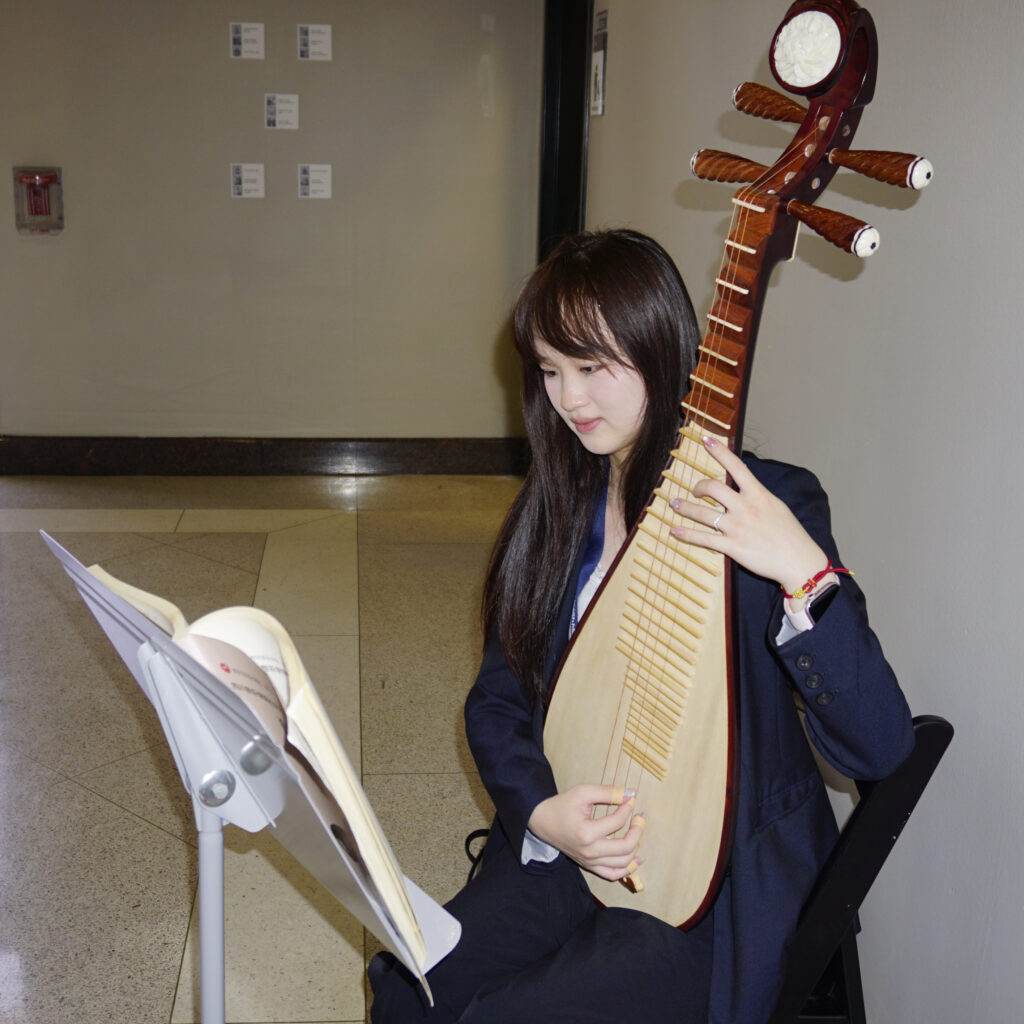
The central focus of the Healing Arts program is to establish effective partnerships with artists and local institutions and thoughtfully present artworks that address social issues in ways that resonate with diverse audiences. Rose, my internship supervisor, established a healing soundscape program as a part of the 77 Minutes exhibition to create an environment of reflection and emotional support for the topic of gun violence.
It not only reflected my cultural heritage but also promoted a moment of cross-cultural connection. On the first day of the soundscape, more than 160 guests stopped, listened, and conversed during my performance. What impressed me most was that an audience member said to me after I finished playing: “Thank you, I have only seen this instrument in the Museum of Fine Arts. Thank you for making your culture alive.”
Healing Arts in Action

One moment that particularly moved me occurred during a school outreach activity, where we invited students to explore themes of identity by creating expressive masks. The front of each mask represented how they believed others saw them, while the back reflected their inner selves. I remember one student who thoughtfully pasted pieces of sheet music onto her mask. She explained that music had helped her discover who she truly was—and that through making the mask, she had gained a deeper understanding of her inner world. This simple yet powerful exercise demonstrated how artmaking can open meaningful conversations, especially among young participants. It reminded me that curriculum isn’t just about teaching, it’s about creating space for self-reflection, emotional safety, and personal growth.
While helping design a lesson around the theme of birth, I came to better understand how deeply culture shapes artistic expression. In this activity, we encouraged students to illustrate their own birth stories—not just as personal narratives, but as cultural reflections. The lesson also introduced concepts such as birth equity and extended into conversations about social justice.
This made me realize that art can not only be used as a medium to explore the inner world, but also as a bridge to connect culture and history. It reaffirmed my belief that inclusive arts education can serve as a bridge between self-exploration and social awareness.
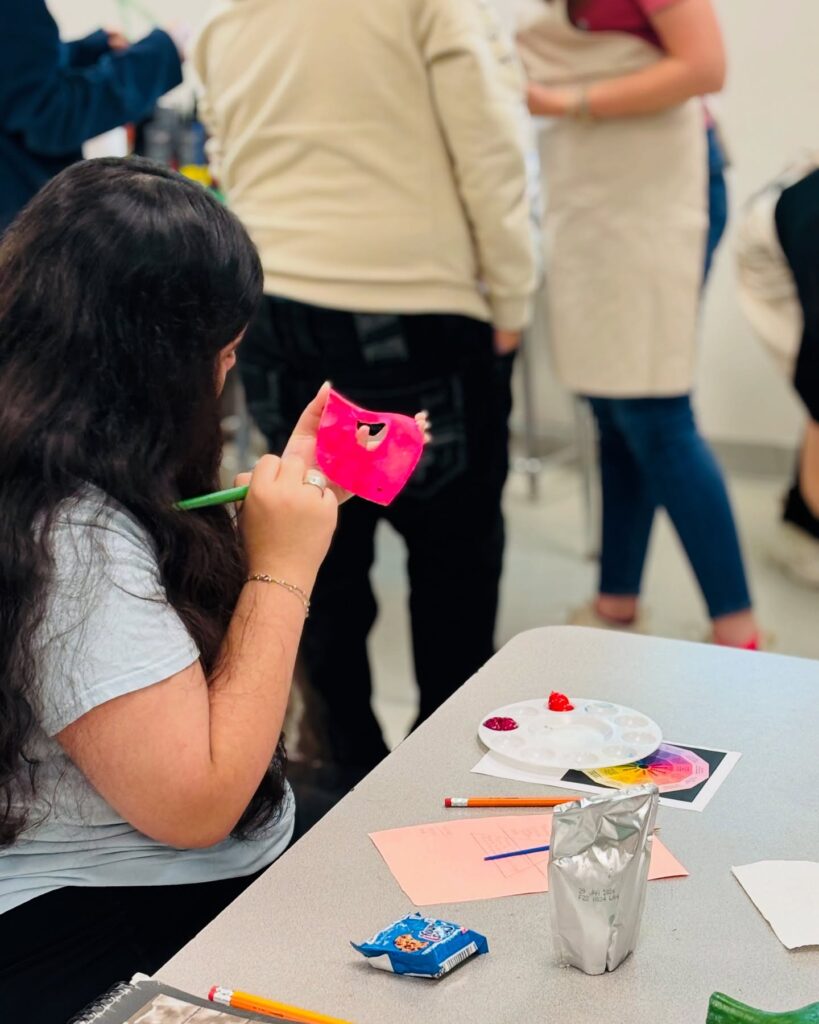
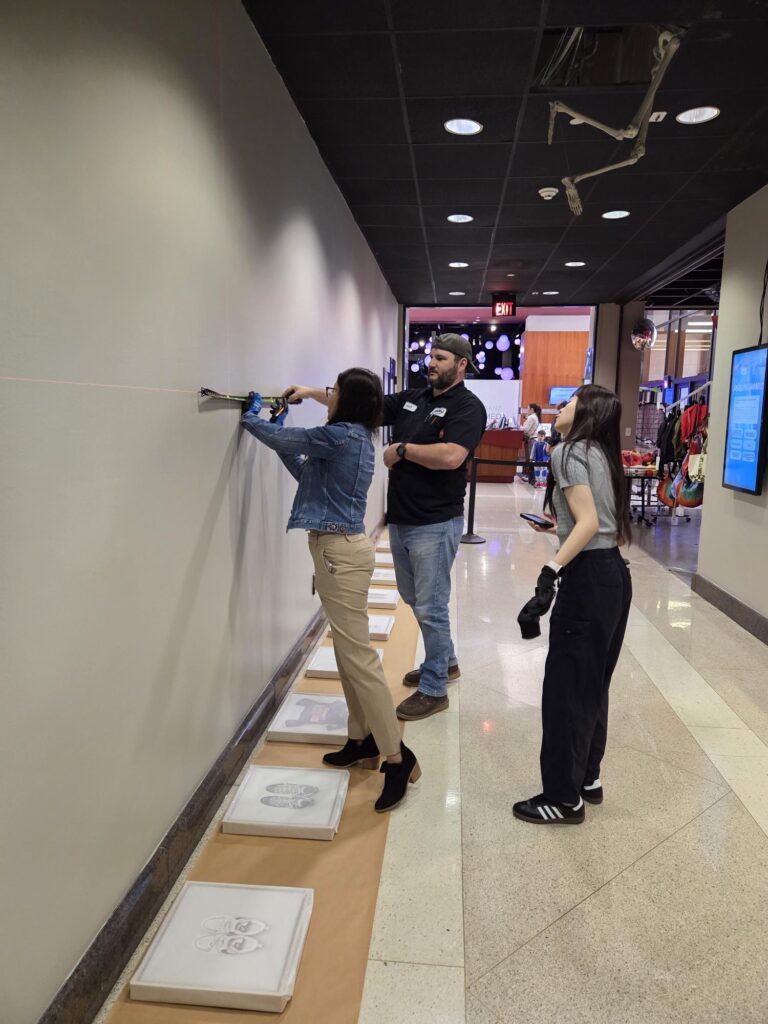
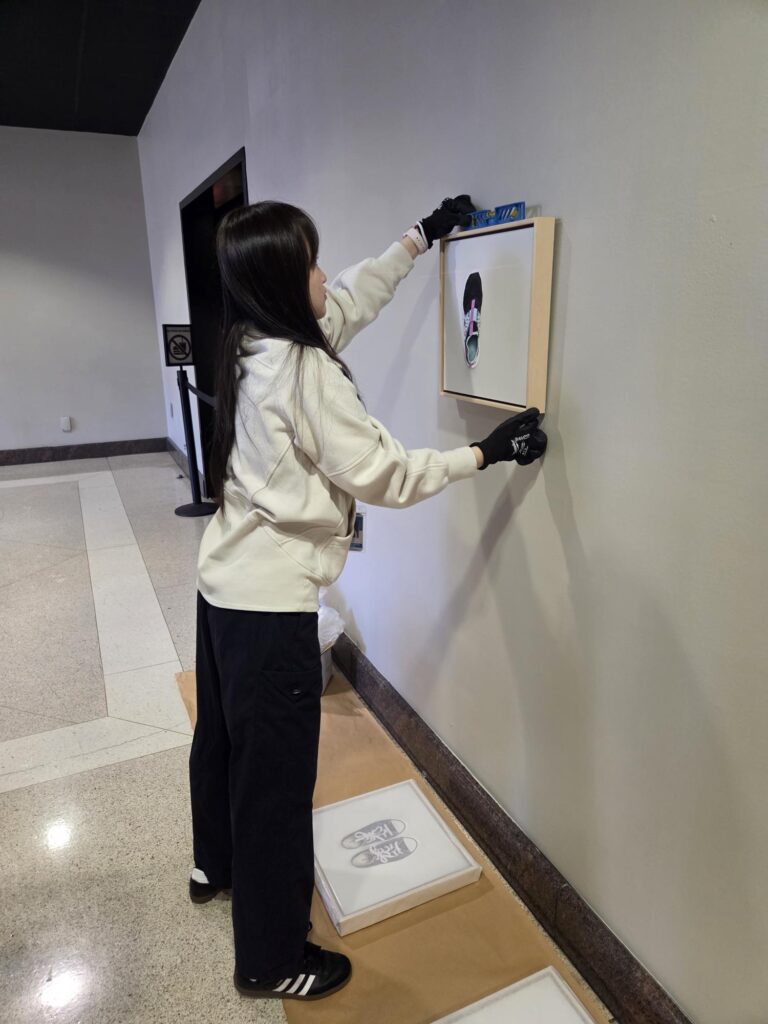
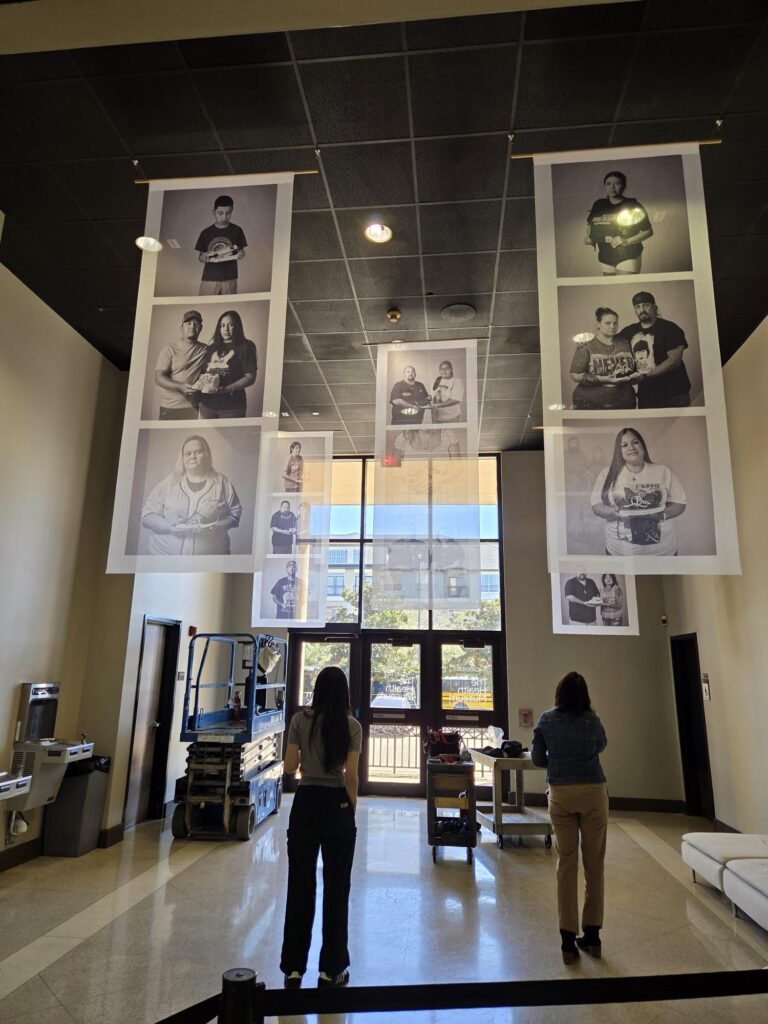
What I Gained
My internship at The Health Museum gave me the rare opportunity to work at the intersection of art, health, and community. This experience not only sharpened my skills in collaborative design and program development but also deepened my belief in the transformative power of inclusive, socially engaged arts education. It taught me that meaningful cultural work is not just about presentation, it is about participation, listening, and honoring complexity.
Moving forward, I hope to take these skills and apply them to more academic research and bring more inclusive, multicultural, and participatory art projects to our community.